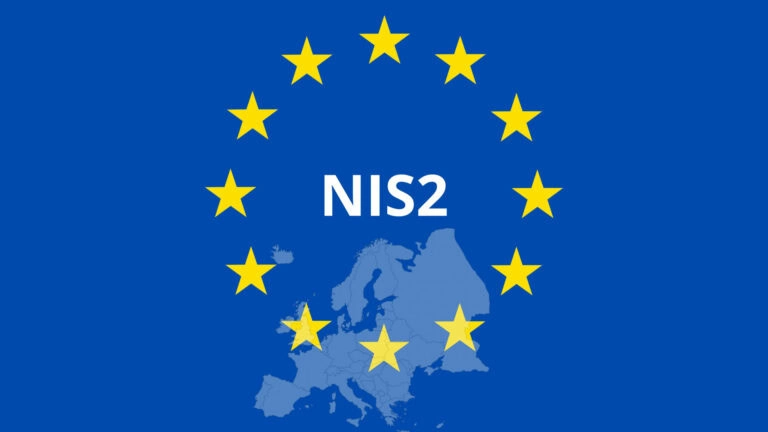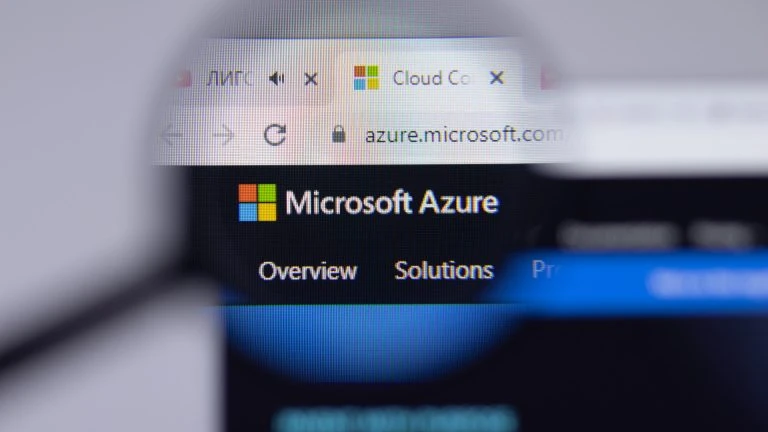Bundeskabinett bringt NIS2-Umsetzung auf den Weg

Die Bundesregierung hat die neuen europäischen NIS2-Vorgaben für die Cybersicherheit in der Wirtschaft auf den Weg gebracht. Betroffen sind davon 29.500 Unternehmen in Deutschland zum Beispiel aus den Bereichen Energie, Gesundheit, Transport oder digitale Dienste. Der Bundestag müsste noch zustimmen.









